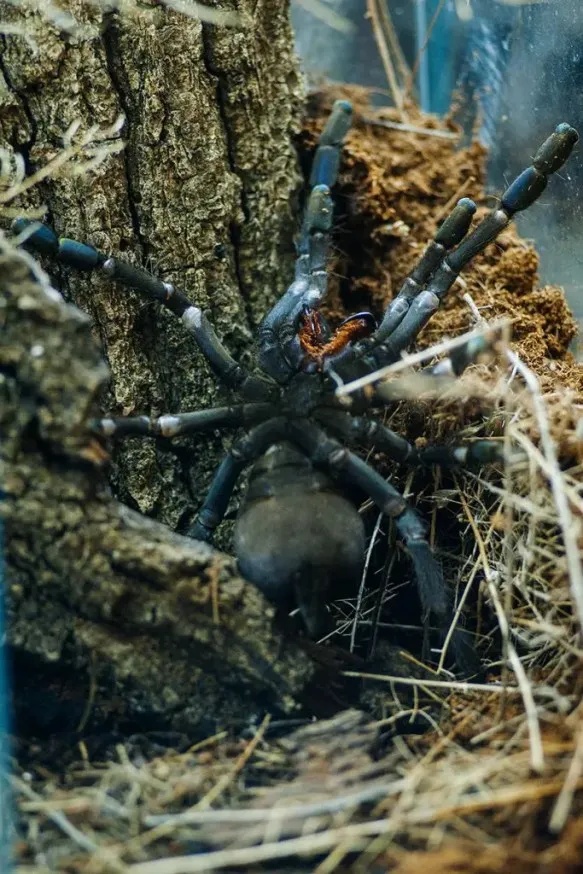Understanding Tarantulas
Embarking on the journey of tarantula ownership is an exciting endeavor, but before you welcome one of these fascinating creatures into your home, a solid understanding of their needs is paramount. This comprehensive care sheet serves as your guide, providing essential insights to ensure your tarantula thrives. We will delve into their natural habitats, behavior, and specific requirements, offering a roadmap to responsible and rewarding tarantula keeping. This includes understanding their fundamental biology, their preferred environmental conditions, and the nuances of their care. This knowledge is the foundation for providing the best possible life for your eight-legged companion. It’s not just about providing a home; it’s about creating an environment where your tarantula can flourish.
What is a Tarantula
Tarantulas are large, hairy spiders belonging to the Theraphosidae family. They are found in various habitats across the globe, from tropical rainforests to deserts. Known for their size and diverse colors, tarantulas are popular among exotic pet enthusiasts. Unlike many other spiders, tarantulas are relatively docile and possess a less potent venom, making them manageable pets when handled responsibly. They are primarily nocturnal creatures, spending their days in burrows or under cover, emerging at night to hunt. Tarantulas undergo a process called molting, shedding their exoskeleton to grow, which is a critical aspect of their life cycle. Understanding these basic biological facts is the first step in proper tarantula care.
Tarantula Habitats
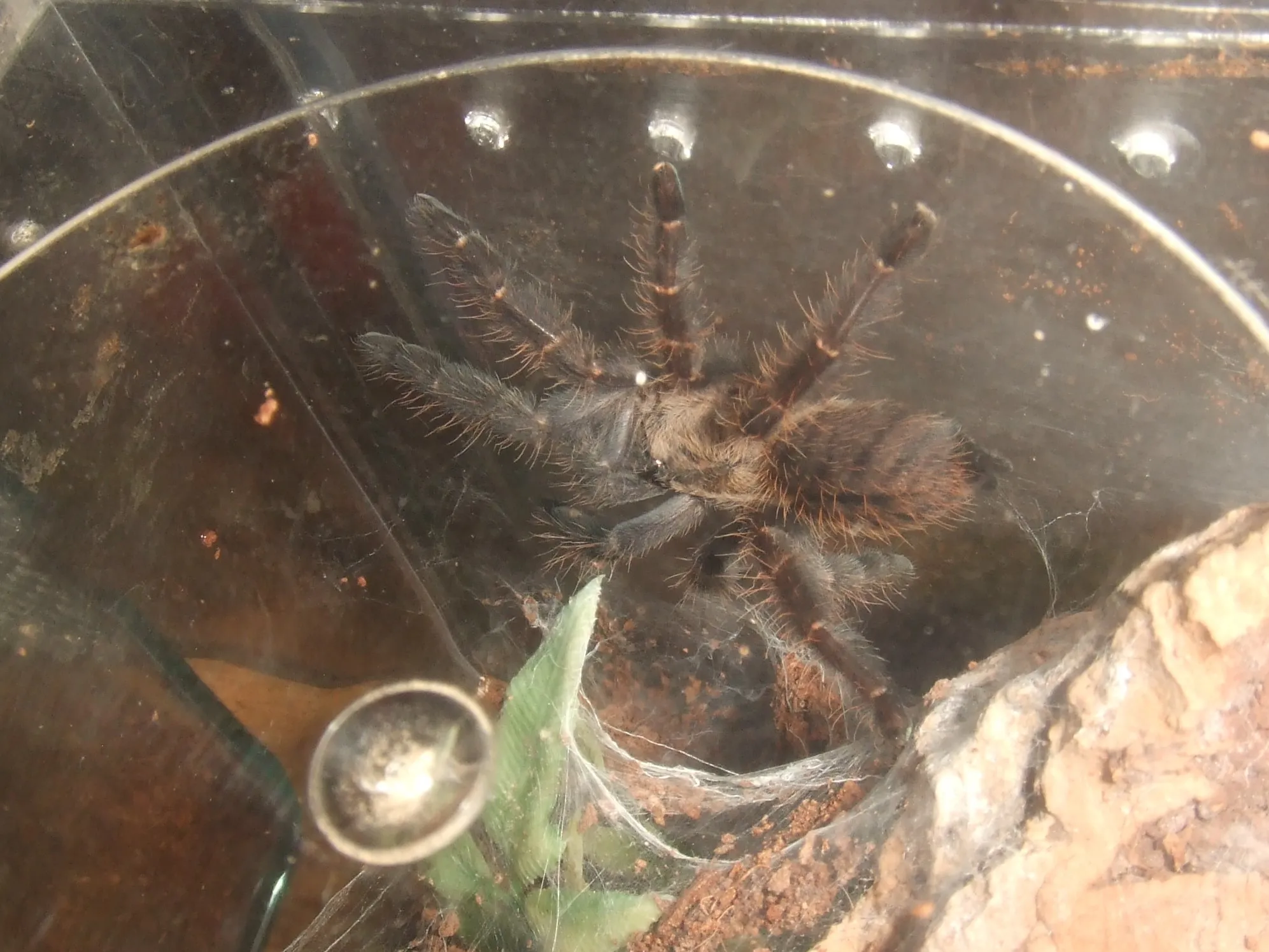
Tarantulas originate from diverse habitats, and mimicking their natural environment is key to their well-being. Terrestrial species, for example, thrive in terrestrial environments, whereas arboreal species require a vertical space to climb and establish their habitats. Understanding the specific needs of your chosen species will help determine the ideal setup. Terrestrial tarantulas often prefer a substrate that allows them to burrow, such as coconut fiber or peat moss. Arboreal species, on the other hand, need a vertical enclosure with ample climbing opportunities, such as cork bark or branches. The ideal habitat provides hiding places, suitable temperature and humidity levels, and a clean environment to prevent stress and promote healthy growth. Researching your chosen species’ natural habitat will greatly enhance your ability to provide a comfortable and stimulating home.
Choosing Your Tarantula
Selecting the right tarantula is a crucial decision that significantly impacts your overall experience as a keeper. Before acquiring a tarantula, it’s essential to conduct thorough research on different species to find one that aligns with your experience level and preferences. Factors like size, temperament, and care requirements vary greatly among species. Some tarantulas are more docile and beginner-friendly, while others require more specialized care. Consider your lifestyle and the time you can dedicate to caring for your pet. Once you’ve identified potential species, familiarize yourself with their specific needs, including their preferred habitat, diet, and potential health issues. Responsible selection ensures both your enjoyment and the well-being of the tarantula.
Selecting a Healthy Tarantula
When choosing a tarantula, observe its behavior and physical condition to assess its health. Look for an alert and active spider, as lethargy could indicate illness or stress. Examine its abdomen for any signs of damage or discoloration, as these can be signs of injury or disease. The legs should be intact and move freely, and the fangs should appear healthy. Avoid tarantulas that appear thin or dehydrated, as this could be a sign of poor health. Inspect the enclosure for any signs of mites or other pests, as these can be detrimental to the tarantula’s health. Purchasing from a reputable breeder or pet store is essential, as they can provide valuable information and ensure the tarantula has been properly cared for. A healthy tarantula is more likely to thrive in its new home and provide you with years of enjoyment.
Tarantula Species to Consider
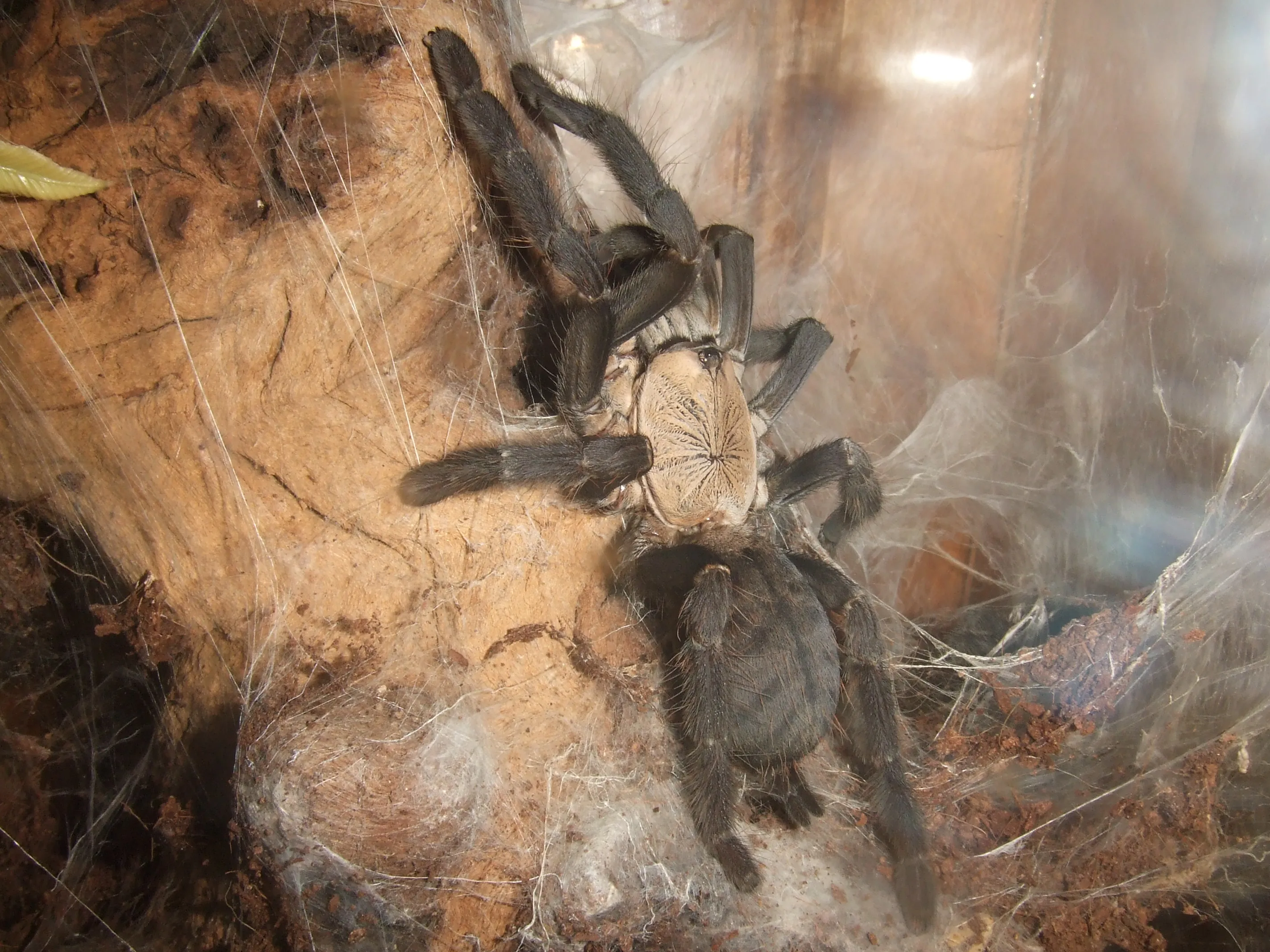
Several tarantula species are popular choices for beginners due to their relatively docile temperaments and manageable care requirements. The Mexican Red Knee (Brachypelma hamorii) is known for its striking colors and generally calm demeanor. The Chilean Rose Hair (Grammostola rosea) is another excellent choice, as it is known to be very hardy and tolerant of varied conditions. For those seeking a more arboreal species, the Pinktoe Tarantula (Avicularia avicularia) offers a unique aesthetic and interesting behaviors. Before making a decision, research the specific needs of each species, including their size, habitat requirements, and potential health issues. Consider your experience level and the amount of time you can dedicate to caring for your pet. Understanding the characteristics of each species will ensure that you select a tarantula that is a good fit for your lifestyle.
Setting Up Your Tarantula Enclosure
Creating a suitable habitat is essential for your tarantula’s well-being, providing a safe and comfortable environment where it can thrive. The enclosure should be appropriately sized for the species and provide adequate space for movement, feeding, and molting. The layout of the enclosure should mimic the tarantula’s natural environment, including appropriate substrate, hiding places, and temperature and humidity control. The type of enclosure depends on the species, whether terrestrial or arboreal. By thoughtfully setting up your tarantula’s home, you create an environment that meets its needs, minimizing stress and supporting its overall health. Regularly cleaning and maintaining the enclosure is also vital for preventing disease and promoting a healthy living space.
Choosing the Right Tank
The size and type of the enclosure are critical factors in ensuring your tarantula’s well-being. For terrestrial species, a glass terrarium or plastic enclosure with a secure lid is ideal. The enclosure’s dimensions should be proportionate to the tarantula’s size, allowing ample space for movement and burrowing. Arboreal species require taller enclosures to accommodate their climbing behavior. Make sure the enclosure is well-ventilated, with small holes or mesh to allow air circulation. Avoid enclosures with sharp edges or features that could injure the tarantula. The lid should be secure to prevent escape. A well-chosen tank provides a safe and stimulating environment, promoting the tarantula’s physical and psychological well-being. Ensure that the size of the enclosure is appropriate for the species’ adult size to prevent overcrowding and stress.
Substrate Selection
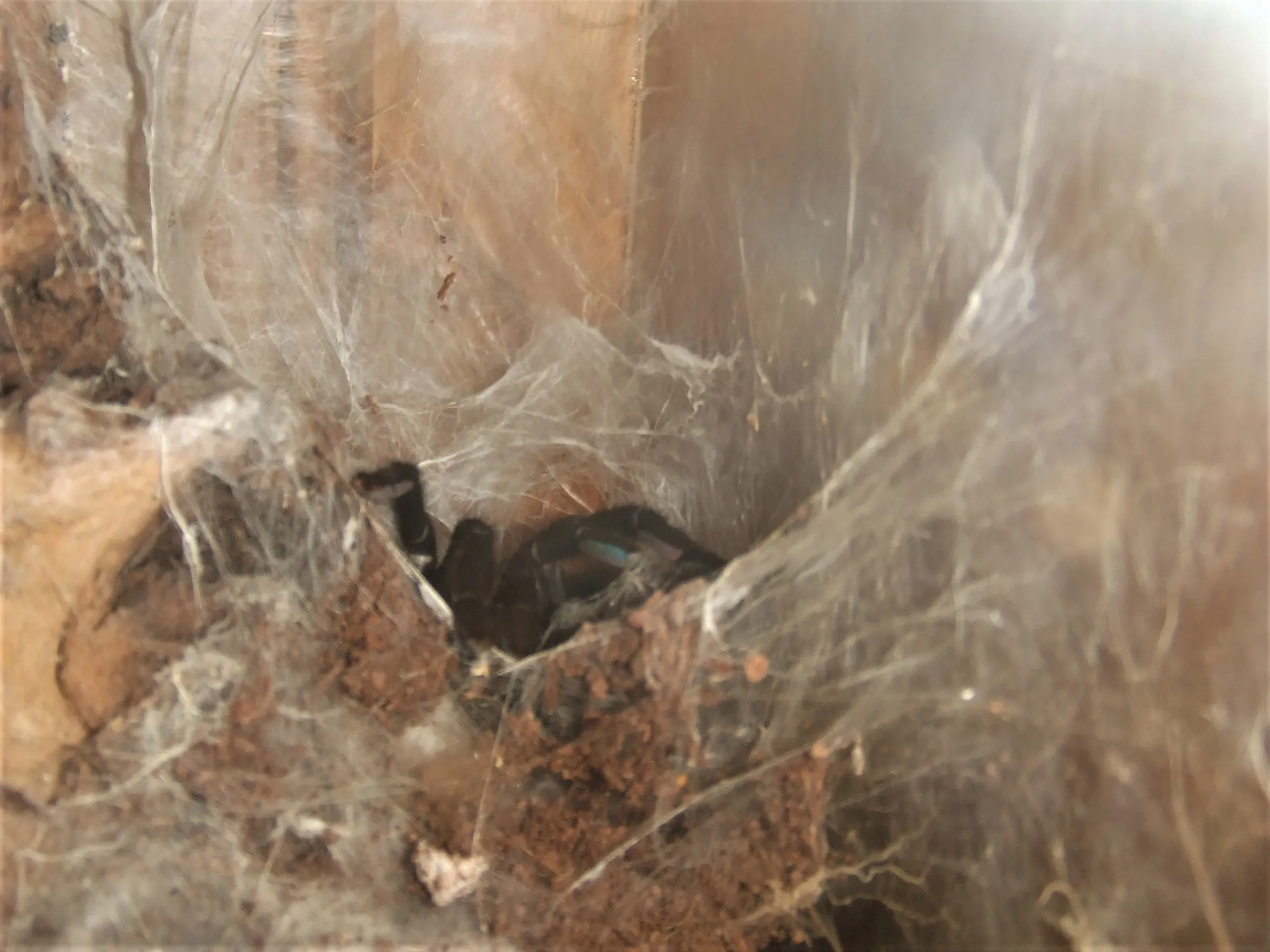
The substrate, or bedding, is a critical component of the tarantula’s habitat, providing a comfortable surface for walking and burrowing. For terrestrial species, substrates like coconut fiber, peat moss, or a mix of both are ideal, as they retain moisture and allow the tarantula to create burrows. Arboreal species may benefit from a substrate that promotes drainage and airflow, such as a mix of coco fiber and sphagnum moss. Avoid substrates that can be harmful if ingested, such as gravel or sand. The substrate should be deep enough to allow for burrowing behavior (for terrestrial species) and provide a humid environment. Regular maintenance of the substrate is important; spot clean and replace it regularly to maintain cleanliness and prevent the growth of mold and bacteria, which can affect the tarantula’s health.
Temperature and Humidity Control
Maintaining the correct temperature and humidity levels is vital for your tarantula’s health. Most tarantulas thrive in temperatures between 75-85°F (24-29°C). Use a heat lamp or under-tank heater to provide supplemental heat, ensuring the enclosure’s temperature is consistent. Humidity levels vary depending on the species, but most require moderate to high humidity. Use a hygrometer to monitor humidity levels, and mist the enclosure with water as needed. The enclosure should have proper ventilation to prevent excessive humidity and mold growth. Avoid direct sunlight, which can overheat the enclosure and stress the tarantula. Consistent monitoring and adjustments to temperature and humidity levels are key to creating a healthy and comfortable environment for your pet.
Providing Hiding Places and Decor
Tarantulas are naturally secretive creatures, and providing them with hiding places is essential for their well-being, reducing stress and allowing them to feel safe. Cork bark, hollow logs, or artificial hides are excellent choices. Place the hiding place in a secure location within the enclosure. Additionally, adding decorations such as artificial plants or branches can enrich the environment and provide climbing opportunities for arboreal species. Avoid decorations with sharp edges that could potentially harm the tarantula. The decorations should also be nontoxic. A well-decorated enclosure allows the tarantula to express natural behaviors, like hiding and exploring, enhancing its overall quality of life and providing you with a more interesting pet to observe.
Feeding Your Tarantula
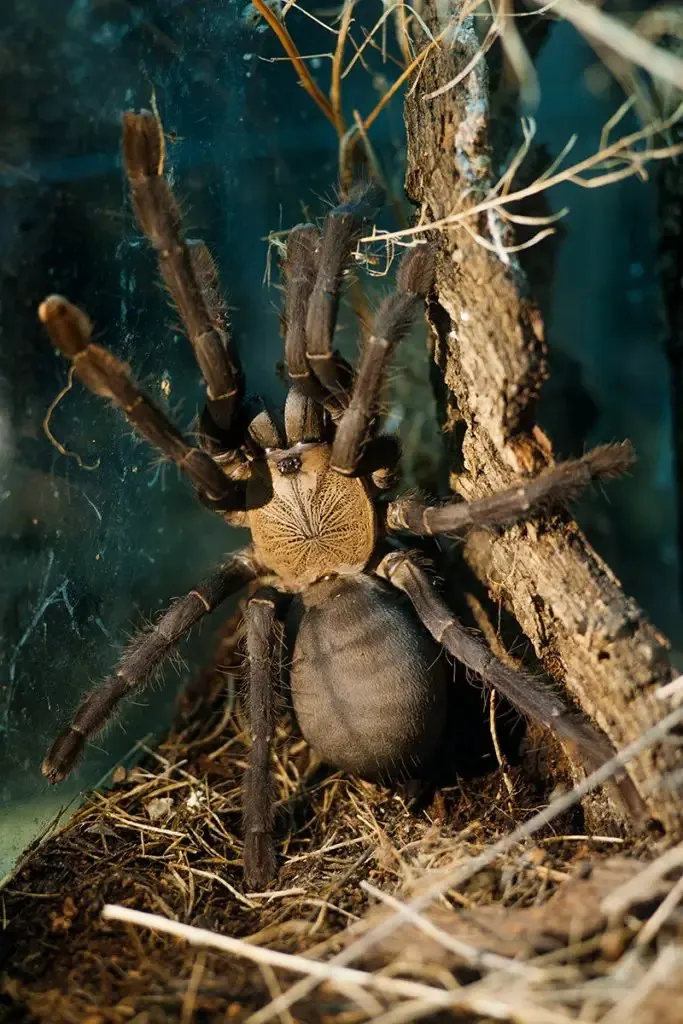
Proper nutrition is essential for your tarantula’s health and growth. Tarantulas are carnivorous and primarily feed on insects. Providing the right type of food and the correct feeding frequency are key to their survival. Understanding their dietary needs will help you ensure they receive the nutrients they require. Be cautious of overfeeding, which can lead to obesity and health issues. Clean up any uneaten food items to prevent mold growth and maintain a hygienic environment. Following these simple guidelines will help your tarantula thrive and live a long, healthy life.
What to Feed Tarantulas
Tarantulas primarily eat insects, such as crickets, mealworms, and roaches. The insects should be appropriately sized for the tarantula; the prey should be smaller than the tarantula’s body. Offer a variety of insects to provide a balanced diet. Before feeding, it’s recommended to gut-load the insects with nutritious food, such as vegetables and commercial insect food. This process improves the nutritional value of the prey. Avoid feeding insects collected from outside, as they may contain pesticides or parasites that could harm your tarantula. Always remove uneaten food items within 24 hours to prevent the growth of mold or bacteria. A well-balanced diet contributes to the overall health and well-being of your tarantula.
Feeding Frequency
The feeding frequency depends on the tarantula’s age and species. Spiderlings and juveniles generally require more frequent feedings, usually every other day, while adult tarantulas can be fed once or twice a week. Adjust the feeding schedule based on the tarantula’s appetite and growth rate. If the tarantula refuses to eat or appears full, reduce the feeding frequency. Overfeeding can lead to health problems, and it’s better to err on the side of caution. During the molting period, your tarantula may stop eating, which is normal. Continue to provide water, but do not offer food until after the molt is complete. Regularly monitor your tarantula’s feeding habits and adjust the schedule to ensure it receives the appropriate nutrition for its needs.
Watering Your Tarantula
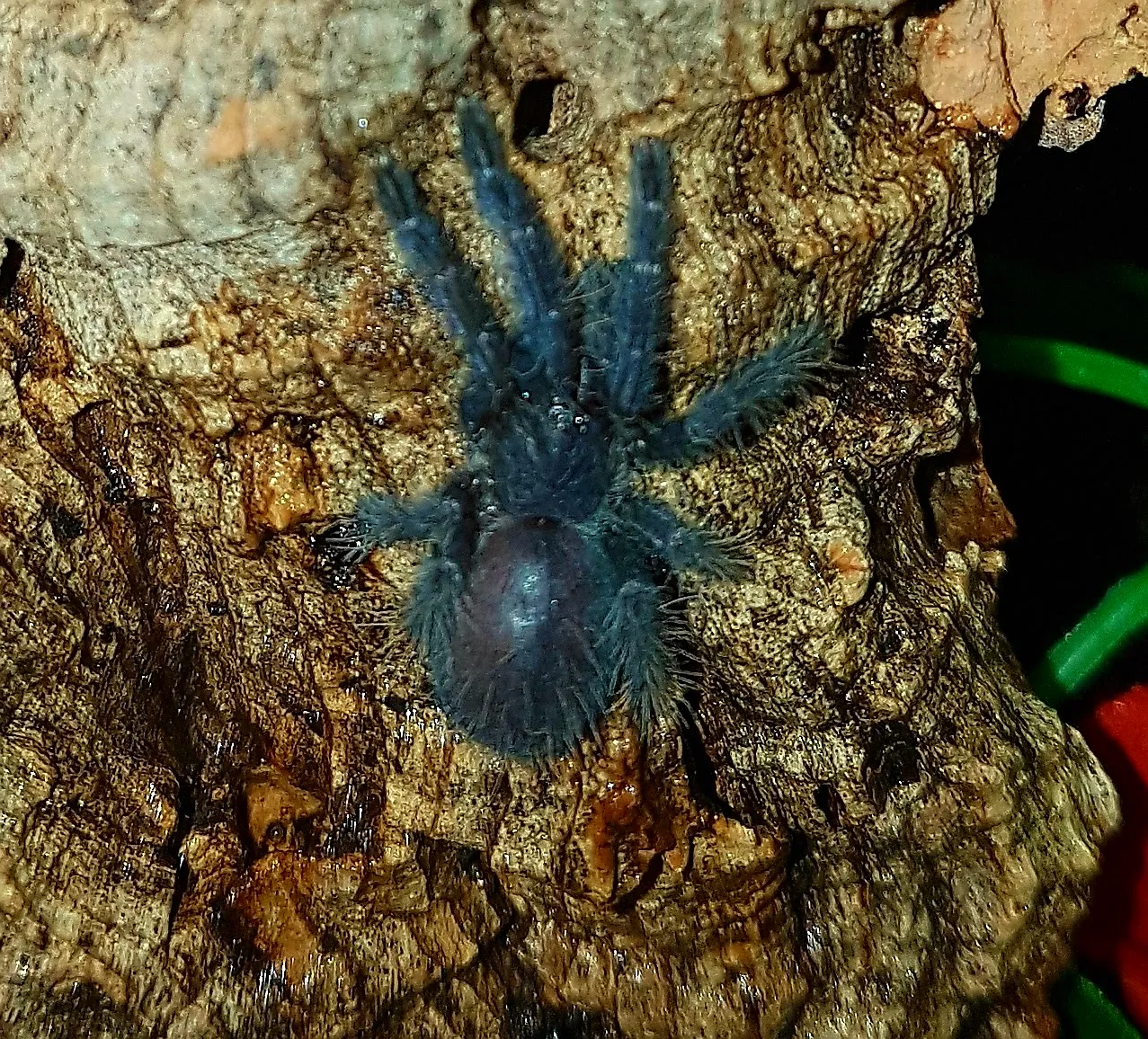
Providing access to clean water is vital for a tarantula’s hydration and overall health. Use a shallow water dish that the tarantula can easily access, ensuring it is always filled with fresh water. For spiderlings, use a bottle cap or a small, shallow dish to prevent drowning. Mist the enclosure regularly, especially for species that require higher humidity levels. The frequency of misting depends on the humidity needs of the species. Make sure the enclosure has proper ventilation to prevent the build-up of excessive moisture. Never use tap water without treating it, as it may contain chlorine or other chemicals harmful to tarantulas. Clean the water dish regularly to prevent bacterial growth and contamination. Providing fresh, clean water is crucial for a healthy and thriving tarantula.
Tarantula Molting
Molting is a natural and essential process for tarantulas, allowing them to grow and shed their exoskeleton. It’s a crucial event that can be a delicate time. Understanding the signs of molting and providing appropriate care will ensure a successful molt and contribute to your tarantula’s long-term health. During this process, the tarantula sheds its old exoskeleton, revealing a new, larger body. The frequency of molting decreases as the tarantula ages. Recognizing the molting process and providing appropriate care during this time is crucial to a successful molt.
Recognizing Signs of Molting
Several signs indicate a tarantula is preparing to molt. The tarantula’s abdomen may appear darker or more swollen. They may stop eating and become less active. They might also start constructing a web mat, and the tarantula will likely spend more time in its burrow or hiding place. Some tarantulas will flip onto their backs. During pre-molt, it’s crucial to avoid disturbing the tarantula and maintain appropriate temperature and humidity. If you see these signs, it’s best to leave the tarantula undisturbed to reduce any stress. These behaviors are all part of the preparation for the molting process.
Caring for a Molting Tarantula

During molting, the tarantula is very vulnerable. It’s crucial to maintain a stable environment and avoid any disturbances. Do not feed the tarantula during this time. Ensure proper humidity levels to prevent the exoskeleton from drying out, which may make molting difficult. If the tarantula flips onto its back, do not interfere unless absolutely necessary, as this is the natural molting position for many species. Once the molt is complete, the tarantula’s new exoskeleton will be soft and vulnerable. Do not handle the tarantula immediately after molting. Wait for a few days until the exoskeleton hardens before resuming regular care. Providing a calm and undisturbed environment is the best way to support a successful molt.
Handling and Safety
Handling tarantulas can be a rewarding experience, but it’s crucial to prioritize safety and handle them responsibly. Tarantulas are generally docile, but they may bite if they feel threatened. Being cautious and understanding their behavior will help you avoid any potentially negative encounters. Always handle your tarantula carefully, respecting its space and following recommended practices. It’s essential to be aware of the potential risks associated with handling and take all the necessary precautions. Handling should only occur when necessary, and if it’s essential, do it with care.
Safe Handling Practices
Before handling your tarantula, assess its mood and environment. If the tarantula appears stressed, avoid handling it. Handling should be done close to the ground, to minimize the risk of injury if the tarantula falls. Use a soft brush or your hands to gently encourage the tarantula onto your hand, avoiding any sudden movements. Never squeeze or hold the tarantula tightly. Always supervise children when they are near or handling a tarantula. After handling the tarantula, wash your hands thoroughly. Remember that handling a tarantula is not always necessary and can be stressful. If you are not experienced, it’s best to limit handling and simply observe the tarantula in its enclosure.
Understanding Tarantula Venom
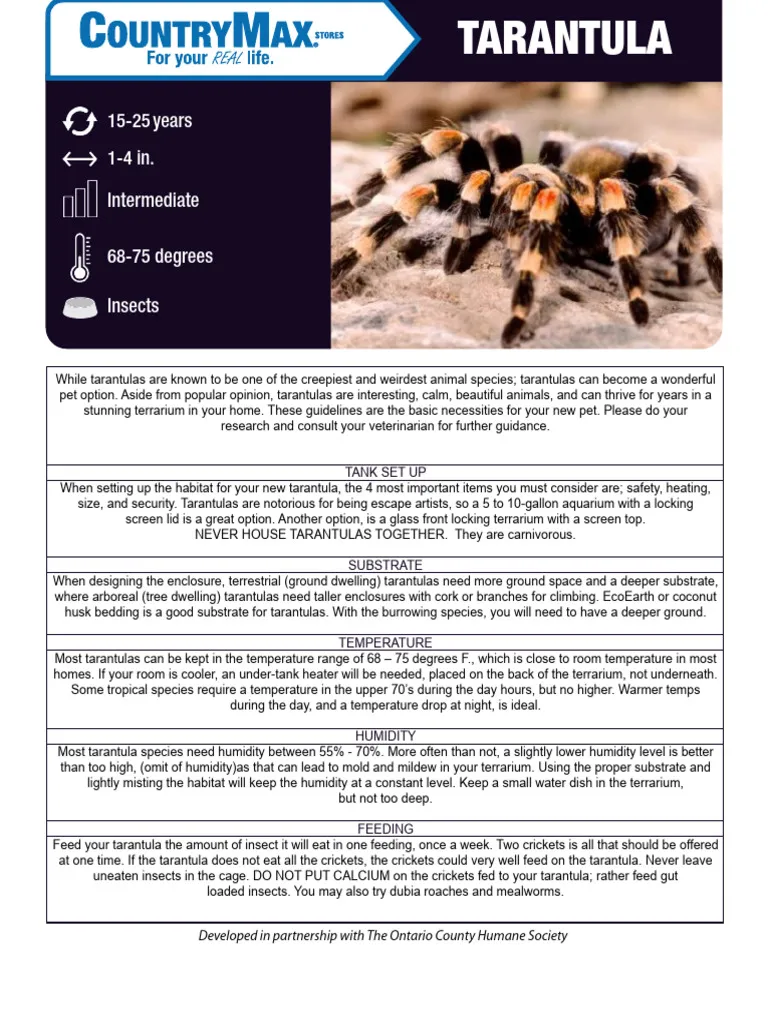
Tarantulas possess venom, but most species have a bite that is not life-threatening to humans. The effects of a bite may include localized pain, redness, and swelling, similar to a bee sting. However, some individuals may experience allergic reactions. Avoid provoking the tarantula, as this increases the risk of being bitten. If bitten, wash the area with soap and water and monitor for any signs of an allergic reaction, such as difficulty breathing or swelling of the face. Seek medical attention immediately if you experience any serious symptoms. While bites are uncommon, being informed about the potential risks and taking appropriate precautions is important for your safety.
Common Tarantula Health Issues
Tarantulas can be affected by various health issues, including parasites, fungal infections, and injuries. Recognizing the signs of illness and seeking appropriate care is essential for your tarantula’s well-being. Proper husbandry practices, such as maintaining a clean enclosure, providing a balanced diet, and controlling humidity levels, can prevent many health problems. Regular monitoring for any unusual behavior, such as loss of appetite, lethargy, or physical abnormalities, can help you catch any issues early. If you observe any concerning symptoms, consult with a veterinarian experienced in treating exotic animals.
Identifying and Addressing Problems
Monitor your tarantula regularly for any signs of illness. These can include lethargy, loss of appetite, unusual posture, or physical abnormalities. Parasites, such as mites, can infest the tarantula and enclosure. Fungal infections can occur if the enclosure is too humid or poorly ventilated. Treat these problems by improving the husbandry practices. If you observe any concerning symptoms, isolate the affected tarantula, clean the enclosure, and consult with a veterinarian specializing in exotic animals. Prompt intervention will increase the chances of recovery. Early diagnosis and treatment are key to addressing any health issues.
Preventative Care
Preventative care is the cornerstone of tarantula health and longevity. This includes maintaining a clean, well-ventilated enclosure, providing a balanced diet, and monitoring humidity and temperature levels. Regularly clean the enclosure, replacing the substrate and removing any uneaten food. Inspect the tarantula for parasites or injuries during routine checks. Quarantine new tarantulas before introducing them to existing collections. Provide a varied diet of appropriately sized insects, and avoid overfeeding. Maintain a stable environment, protecting your tarantula from drafts and sudden temperature changes. These simple preventative measures will greatly reduce the risk of health problems and help your tarantula live a long, healthy life.
